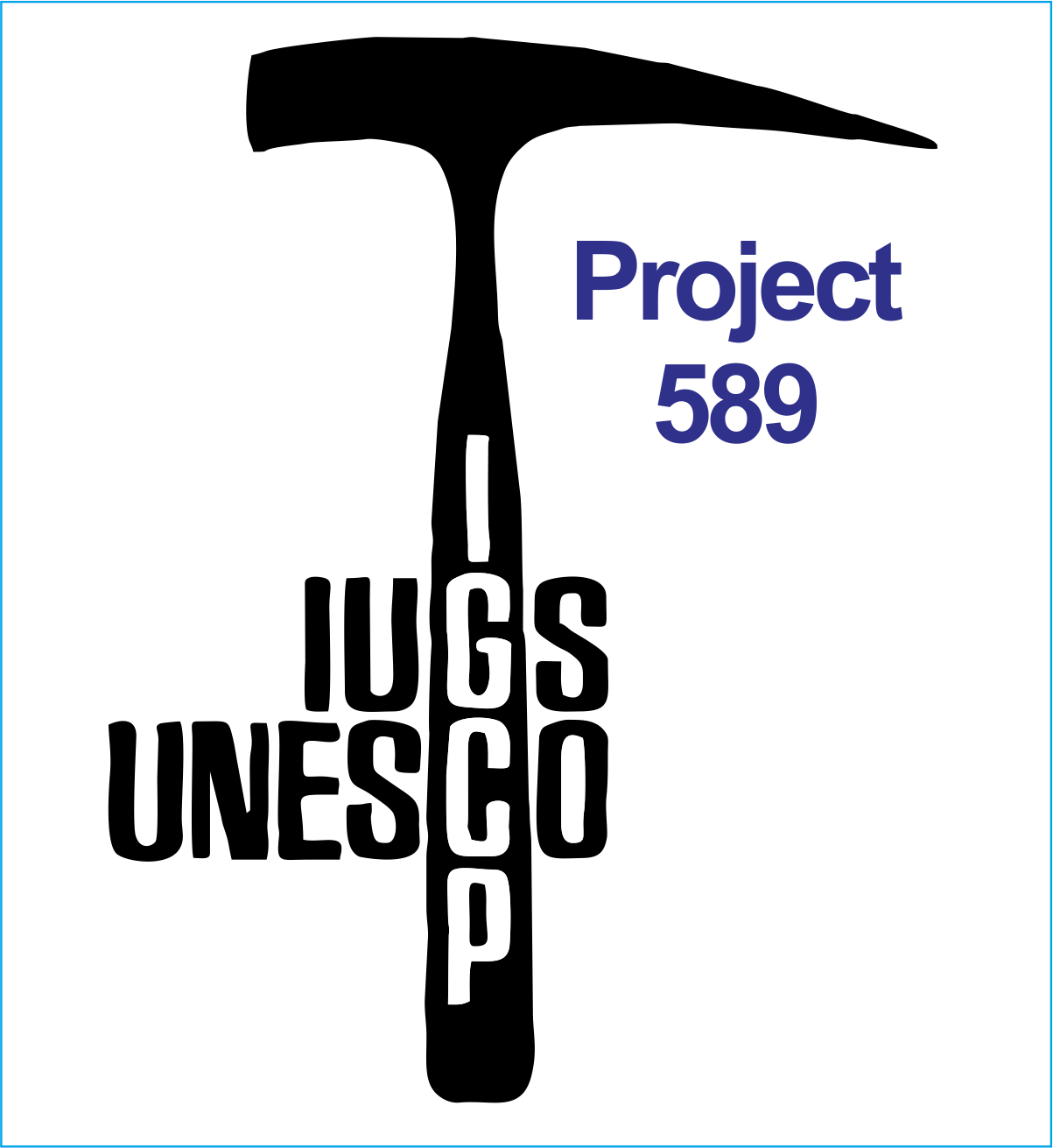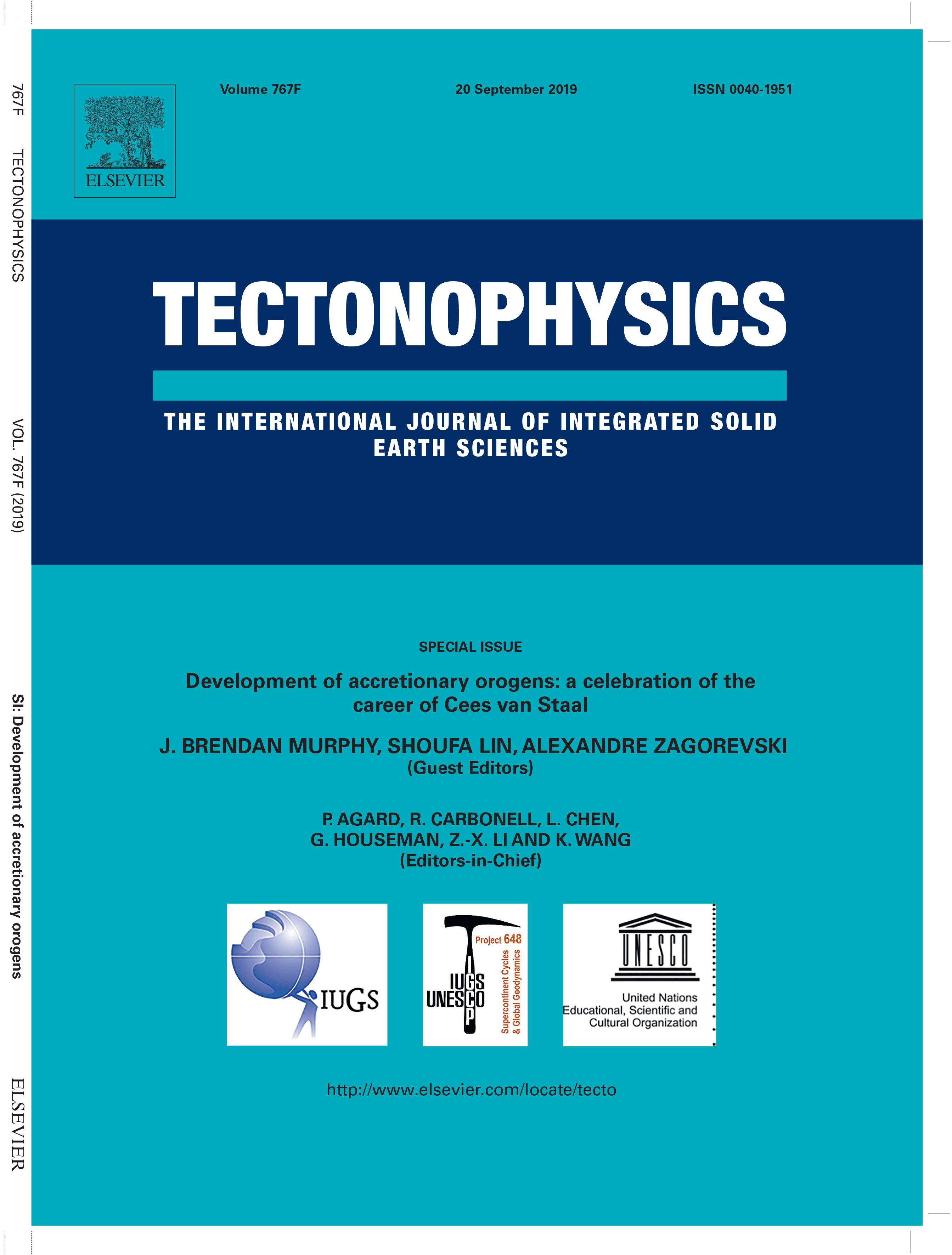IGCP 648
 The IGCP 648: Supercontinent Cycles & Global Geodynamics project brings together a diverse range of geoscience expertise to harness recent breakthroughs in order to explore the occurrence and evolution history of supercontinents through time along with the underlying geodynamic processes. The work is supported by:
The IGCP 648: Supercontinent Cycles & Global Geodynamics project brings together a diverse range of geoscience expertise to harness recent breakthroughs in order to explore the occurrence and evolution history of supercontinents through time along with the underlying geodynamic processes. The work is supported by:


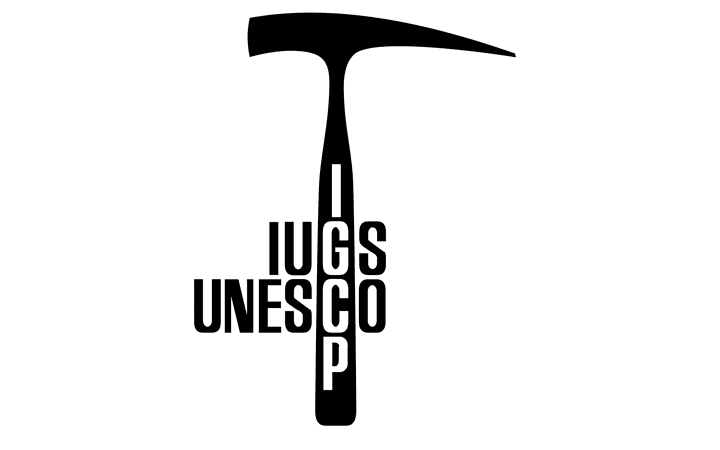

Vale Shihong Zhang
It is with great sadness and heavy hearts that we mourn the passing of Professor Shihong Zhang, an energetic and enthusiastic paleomagnetist who made significant contributions to supercontinent research, and to the IGCP 440 and 648 projects.
Prof. Zhang passed away suddenly of cardiac arrest on Friday 20 December 2024. Surviving him are his wife and daughter, his vibrant lab group at CUG Beijing, and his many colleagues worldwide. He will be remembered not only as a brilliant scientist, but also a lovely, generous person.
Vale Shihong.

Ancient Supercontinents and the Paleogeography of Earth
A new geoscience book offering a systematic examination of Precambrian cratons and supercontinents has recently been published by Elsevier and contains contributions from many IGCP648 members, not least of all the editors: Lauri J. Pesonen, Johanna Salminen, Sten-Åke Elming, David A. D. Evans, and Toni Veikkolainen.
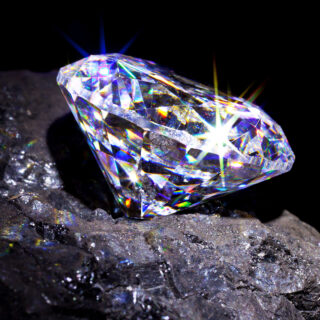
Turning trash into diamonds: recycling Mother Nature’s way
Recently published in Nature’s Scientific Reports, Curtin University researchers discovered that diamonds found in oceanic rocks and the so-called super-deep continental diamonds share a common origin of recycled organic carbon deep within the Earth’s mantle.
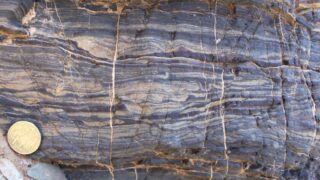
A new way for life to survive Snowball Earth
Work published by IGCP 648 members in Nature Communications helps solve two long-standing riddles in the Snoball Earth hypothesis. Why were there still significant variations in the layers of sediment deposited at that time, and how could life survive?

The world’s largest plagiogranite formed by reworking of juvenile crust, not in a mid-ocean ridge environment as commonly assumed
Published in Nature journal Communications Earth & Environment, members of IGCP 648 report the world’s largest known plagiogranite complex in the Eastern Desert of Egypt. Data indicates that the complex was produced by extensive partial melting of the accreted oceanic lower crust (as a proto-continental crust) instead of the previously known mechanisms in mid-ocean ridge environments.
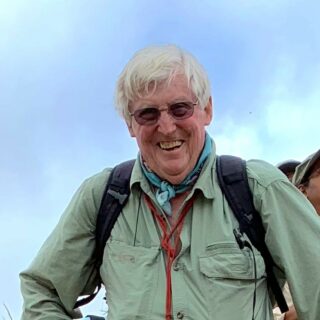
Prof. Dalziel awarded prestigious GSA Penrose Medal
The Geological Society of America has recently awarded its highest award for 2021, the Penrose Medal, to Prof. Ian Dalziel of the University of Texas at Austin and a distinguished member of IGCP 648.
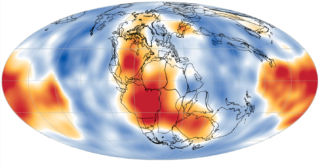
Nature Review of State-of-the-Art Supercontinent Research
An article published in Nature Reviews Earth & Environment presents the current state-of-the-art in supercontinent research. The review, led by Prof Ross Mitchell, also includes many current or previous Earth Dynamics Research Group members as co-authors.
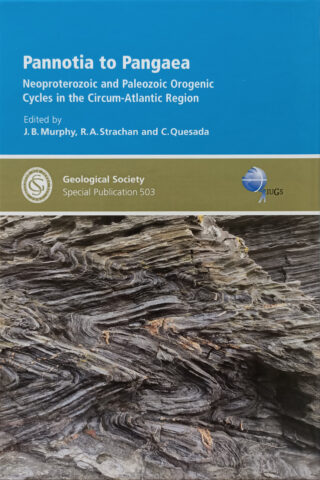
Pannotia to Pangaea Special Publication!
This Geological Society, London, Special Publication celebrates the career of R. Damian Nance. The contents include articles that discuss the processes responsible for the formation and breakup of supercontinents and the controversies concerning the status of Pannotia as a supercontinent.
This volume arose from IGCP 648.
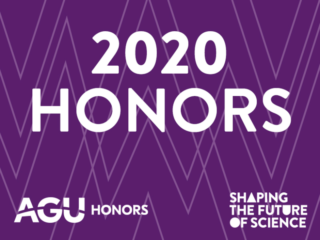
Prof. Michael Brown recognised in 2020 Class of AGU Fellows
We are please to announce that IGCP648 member Prof. Michael Brown, from the University of Maryland, has been named in the 2020 list of AGU Fellows. The 62 new Fellows will be honored in a virtual ceremony (since the AGU Fall Meeting is online everywhere this year) on Wednesday, 9th December, at 23:00 UTC.
Congratulations Prof. Brown!
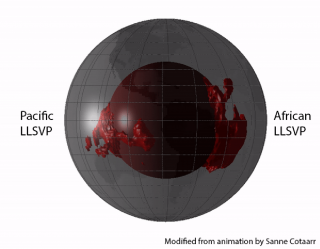
Deep mantle unveils a two-faced Earth
Research led by scientists in the Earth Dynamics Research Group, and published in Nature Geoscience, suggests that the Earth has two chemically distinct hemispheric ‘faces’ or domains.
Image credit: modifed from animation by Sanne Cottaar.
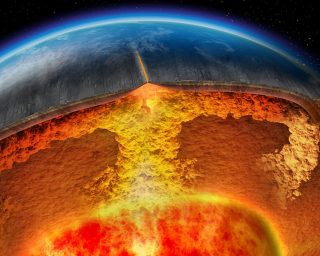
Early whole mantle remixing suggests a start of global plate tectonics before three billion years ago
New work, published in the journal Scientific Reports, found that after the initial chemical stratification and formation of a hard shell in the first billion years of our planet’s history, there was a major chemical ‘stir-up’ some 3.2 billion years ago.
Image credit: National Geographic
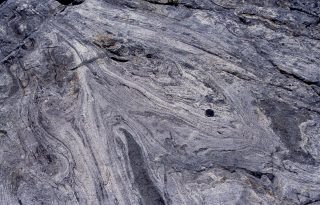
New article in Nature Geoscience!
A recently published Nature Geoscience article outlines the critical importance of water in the melting that occurs in subduction zones. This work, lead by Prof. Bill Collins, also discusses how this fluid-fluxed melting influences the mineralogical and geochemical signatures of the continental crust.
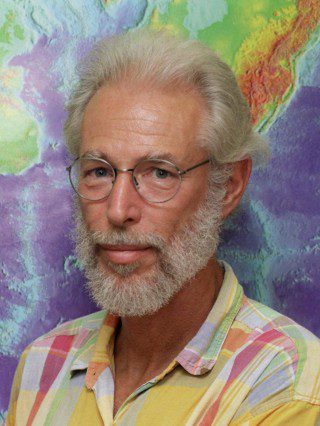
CCFS Short Course on Snowball Earth by Professor Paul Hoffman
A CCFS-sponsored short course on the global climatic phenomenon known as Snowball Earth was held at Curtin University on 15 July, 2016.The seminars were recorded and are available to view online.
Important upcoming events
Recent Research Highlights
Turning trash into diamonds: recycling Mother Nature’s way
Doucet, L.S., Li, Z.X., Gamal El Dien, H., 2021. Oceanic and super-deep continental diamonds share a transition zone origin and mantle plume transportation. Scientific Reports, In Press. https://doi.org/10.1038/s41598-021-96286-8
Select media:Cosmos, ABC News, Australian Mining, Science Alert
A new way for life to survive Snowball Earth
Mitchell, R.N., Gernon, T.M., Cox, G.M., Nordsvan, A.R., Kirscher, U., Xuan, C., Liu, Y., Liu, X., He, X., 2021. Orbital forcing of ice sheets during snowball Earth. Nature Communications 12, 4187. https://doi.org/10.1038/s41467-021-24439-4
Select media:ScienMag, Science Daily, IFLScience, Forbes
Nature Review of State-of-the-Art Supercontinent Research
Mitchell, R.N., Zhang, N., Salminen, J., Liu, Y., Spencer, C.J., Steinberger, B., Murphy, J.B., Li, Z.X., 2021. The supercontinent cycle. Nature Reviews Earth & Environment. https://doi.org/10.1038/s43017-021-00160-0
It took 2 billion years for Earth to kick start its supercontinent cycle
Liu Y., Mitchell, R.N., Li, Z.X., Kirscher, U., Pisarevsky, S.A., Wang, C., 2021. Archean geodynamics: Ephemeral supercontinents or long-lived supercratons. Geology, In press. https://doi.org/10.1130/G48575.1
Select media:Phys.org, ScienceDaily, SpaceTime with Stuart Gary

Click below to hear from the project secretary about some interesting recent publications/outcomes from the IGCP Project 648 community.
Help Build the Geological Database

Please click below to view a short presentation on the data compilation initiative of IGCP Project 648.
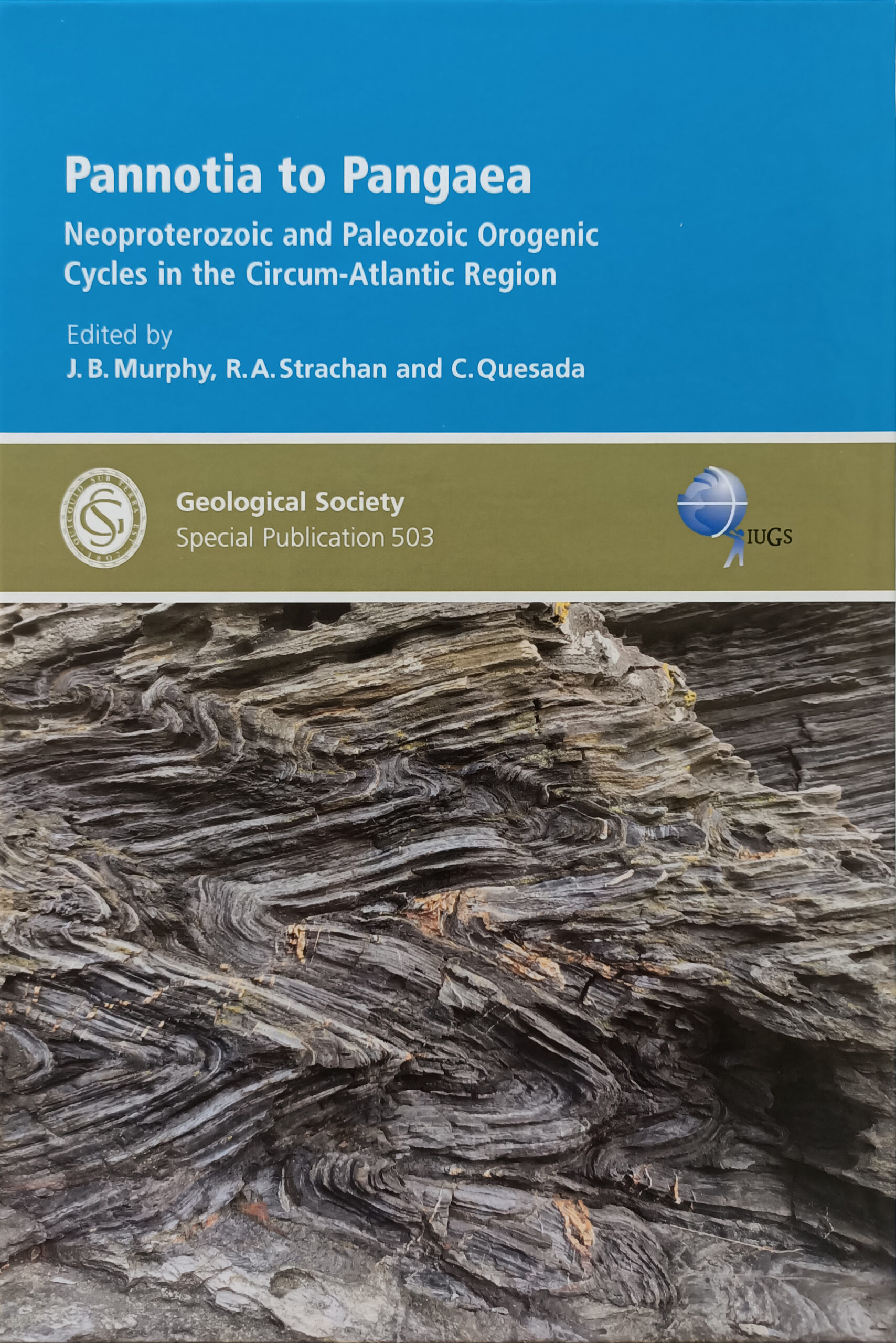
This Geological Society, London, Special Publication celebrates the career of R. Damian Nance. The contents include articles that discuss the processes responsible for the formation and breakup of supercontinents and the controversies concerning the status of Pannotia as a supercontinent.
This volume arose from IGCP 648 Supercontinent Cycles and Global Geodynamics.
Articles available from:
The Geological Society, London
Articles available from:
ScienceDirect
GSL Special Publication 424 Now Available!
The 1st IGCP 648-sponsored volume on Supercontinent Cycles Through Earth History is now available. Edited by Z.X. Li, D.A.D. Evans, and J.B. Murphy.
Articles available from:
The Geological Society, London

